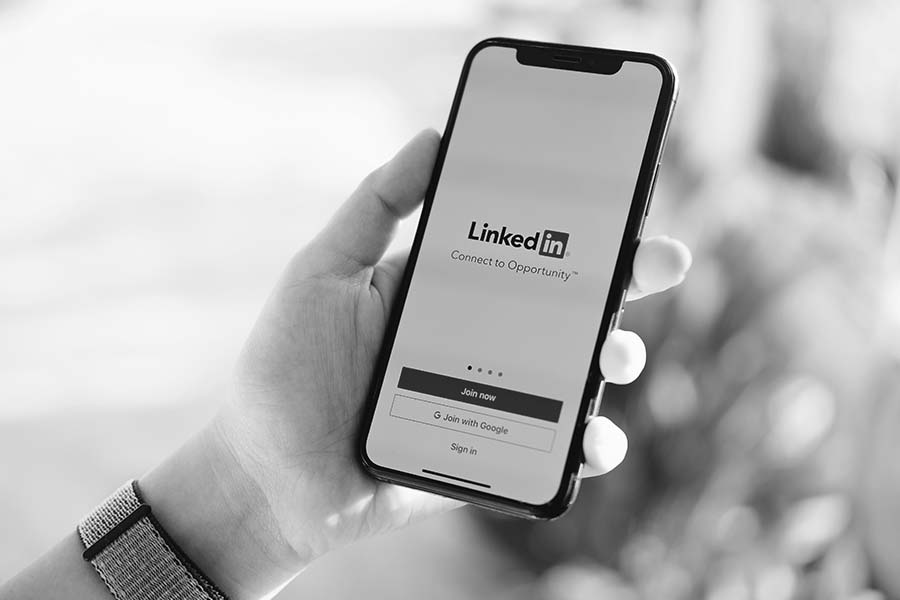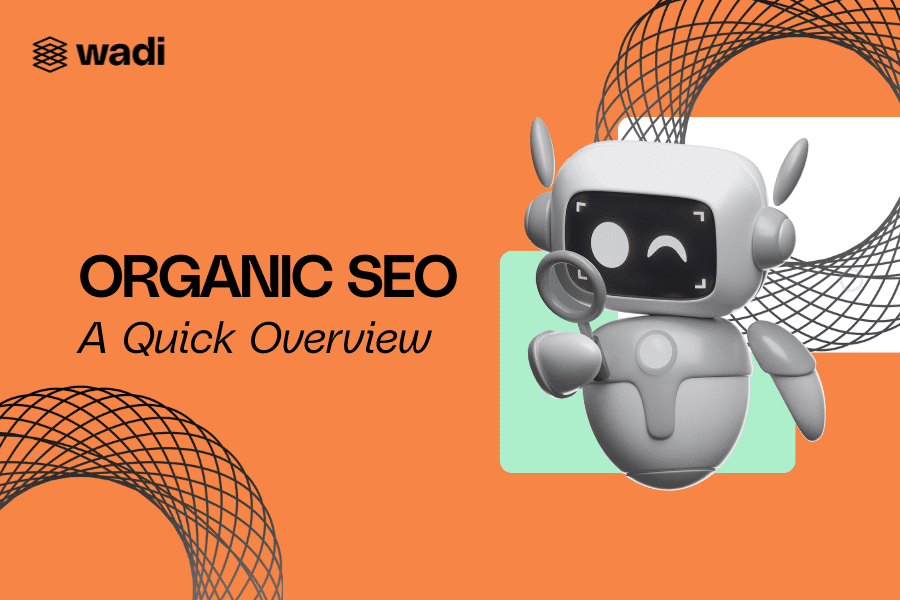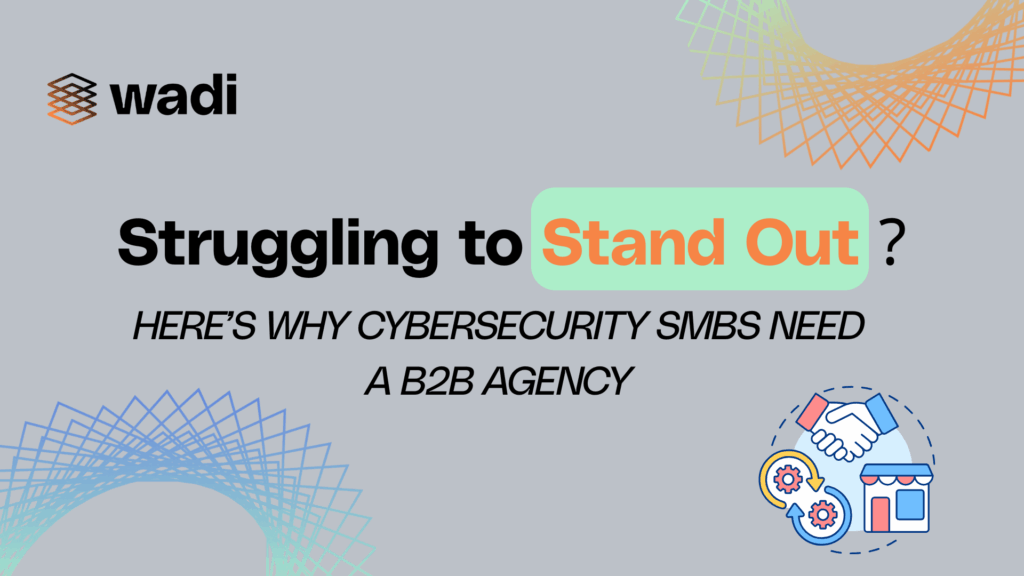One of the biggest challenges for B2B companies is standing out online, most businesses have a corporate feel that is difficult to identify with so they struggle to get people’s attention.
But what if you were able to better position your company in a way that is easy to consume, gets a lot of attention, and people enjoy?
The answer to that question is LinkedIn stories.
In this article, I’m going to tell you 7 ways you can use LinkedIn stories for business.
Let’s get started.
1. Reading your prospects’ minds
Knowing what your prospects are going to ask before they even ask is possible, you just need to know where to look. Here’s how to do it:
Step 1: Head over to Google.com and type in something related to your business. For example, “how to use LinkedIn ads”
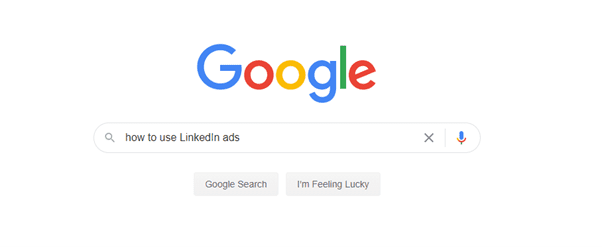
Step 2: Scroll down until you see the “People also ask” section and make a list of the questions people have.
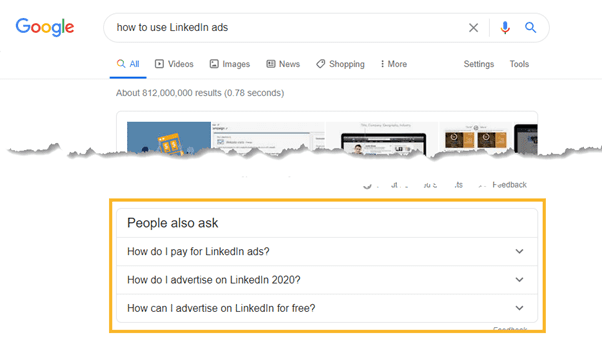
Step 3: Scroll down to the bottom of the page. There you’ll see a section that says, “Searches related to your keyword”.
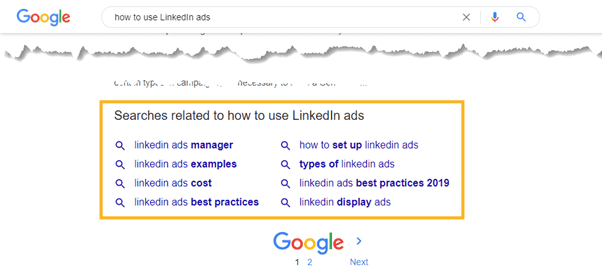
Step 4: Click those searches and repeat Steps 2, 3, and 4 until you have a list of about 30 questions.
Action item
Make a LinkedIn Story addressing one of the questions in your list. Give actionable tips and advice based on your experience to better connect with your audience.
2. Setting your brand apart
Do you remember the days when reaching large audiences with marketing campaigns was something only huge companies like Nike, Coca Cola, and the like could do? Well, those days are gone.
However, staying competitive continues to be a big challenge for B2B companies. Even though we now have access to these audiences, there’s a problem… Everyone has the same access to them so competition is fierce.
What can you do?
Start by telling your story to humanize your brand. Storytelling is one of the best methods we have to connect with audiences in a deep way. Use the same language they use.
No, I don’t mean start speaking other languages, I mean, use the same vocabulary they use to describe their problems. That way, they will feel like the content you created is just for them.
Action item
Look at the list of questions you made on point number one and identify the vocabulary they use when talking about the topic they want to know more about. Then take note of them and mention those same terms when telling a story about your brand and past experiences.
3. The buyer’s journey
As you already know, the B2B sales process is longer than in B2C. As such, we must create a sales process that helps us get all the touchpoints necessary to convert prospects into qualified leads, and ultimately into clients. LinkedIn stories can help you with the lead generation process.
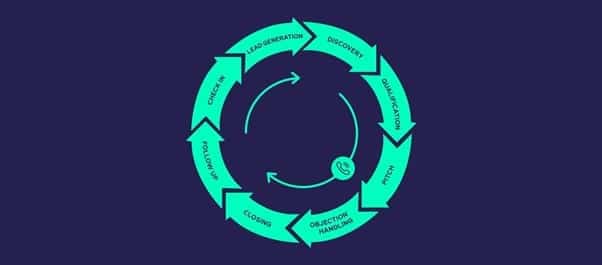
Action item
Create LinkedIn stories that generate leads through educational content and product demos. Some examples include:
- Share a behind the scenes video from a professional event or a company summit.
- You can share a video of you giving your opinion on some industry changes or news. This positions you as a leader in your industry.
- Teaching your audience something. You can teach your audience how to do something with your product or service.
- Share some stats or important information about your industry and weigh in on what it could mean for the future.
4. Host a Q&A
Hosting a corporate Q&A to talk about your industry, products, services, and objections can help you qualify people so that you can then start pitching them your services.
Action Item
Use the following structures to create LinkedIn stories and answer popular questions your prospects might have:
- How Do You Come Up With Topic Ideas? (E.g. How Do You Come Up With Marketing Ideas?)
- How to Start Topic From Scratch? (E.g. How to Start Building an Email List From Scratch?)
- How Do You Manage Your Topic? (E.g. How Do You Manage Your LinkedIn Ads?)
- What Should You Action When You Situation? (E.g. What Should You Do When Your Marketing Campaigns Aren’t Performing Well?)
- I Need to Action. What Do I Do? (E.g. I Need to Increase My Conversion Rates. What Do I Do?)
- How Do You Manage Your Topic? (E.g. How Do You Manage Your Content Calendar?)
5. Share Brand Announcements
If you start using LinkedIn stories right now, you’ll get a lot of exposure to your audience through an untapped feature. That’s great for your business if you want to get as many eyeballs on your products and services as possible.
Action Item
Make a list of all of the upcoming blog posts, product updates, seasonal sales, deals, etc. that you have coming up and create a content calendar for your LinkedIn stories.
6. Collaborate with industry leaders
Collaboration has existed for so long and for good reason. Together we are better. The results we can achieve with the help of other people is greater than what we can achieve alone.
Action Item
Find people in your industry that you want to collaborate with. Connect with them on LinkedIn and ask them if they would be interested in a collaboration.
Ask them to record short tips about something you found they are an expert in on their phone (no more than 20 seconds per tip). Then tell them to send them via direct message. After that record a quick introduction for them and share them on your LinkedIn stories. Do the same for them.
7. Educate your market
Education is one of the best and fastest ways to build rapport with people. Through teaching, you can show your audience how to use your products or services to solve an issue they are having.
Action Item
Figure out what people are struggling with regarding a product or service you are offering. You can use Answer the Public for that. Then create LinkedIn stories to help them solve it. Give them a quick win. Next, see who viewed your LinkedIn story and continue the conversation through DMs.
The Final Word
Use the strategies described in this post to reach your prospects and get new leads. Leverage direct messages to continue the conversation and continue nurturing your prospects with other resources like case studies, blog posts, podcasts, etc. Then schedule some meetings and make some sales.


